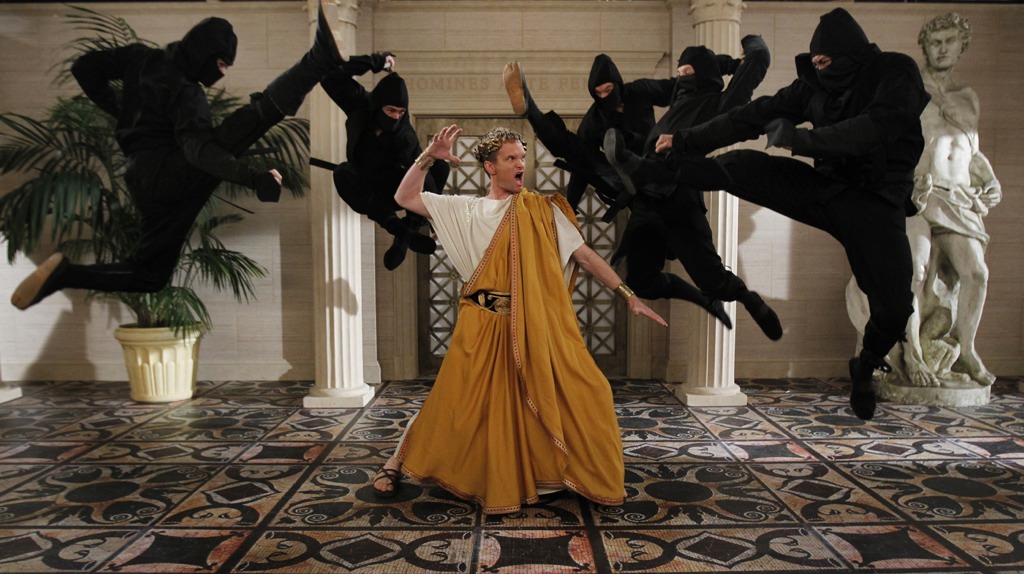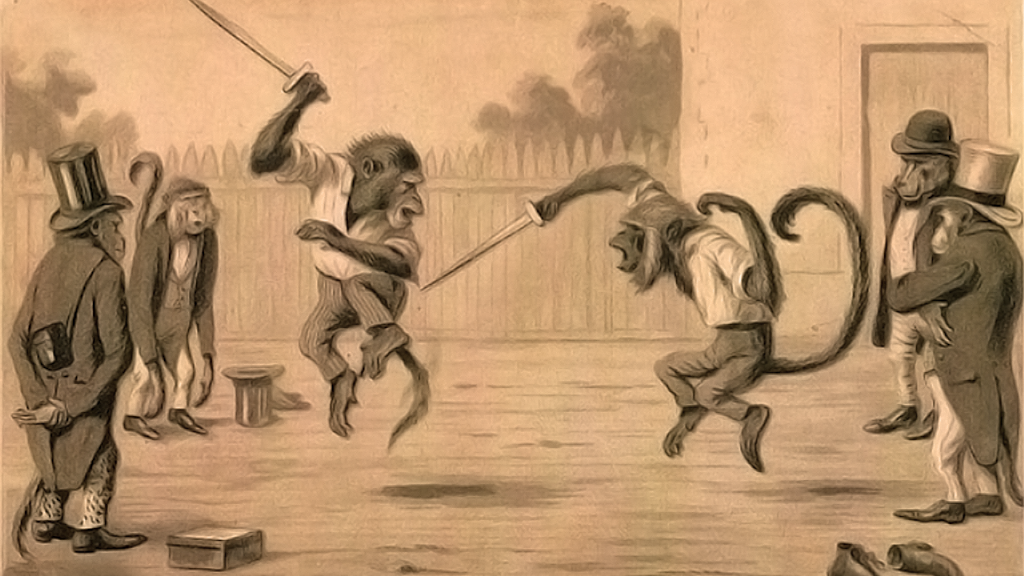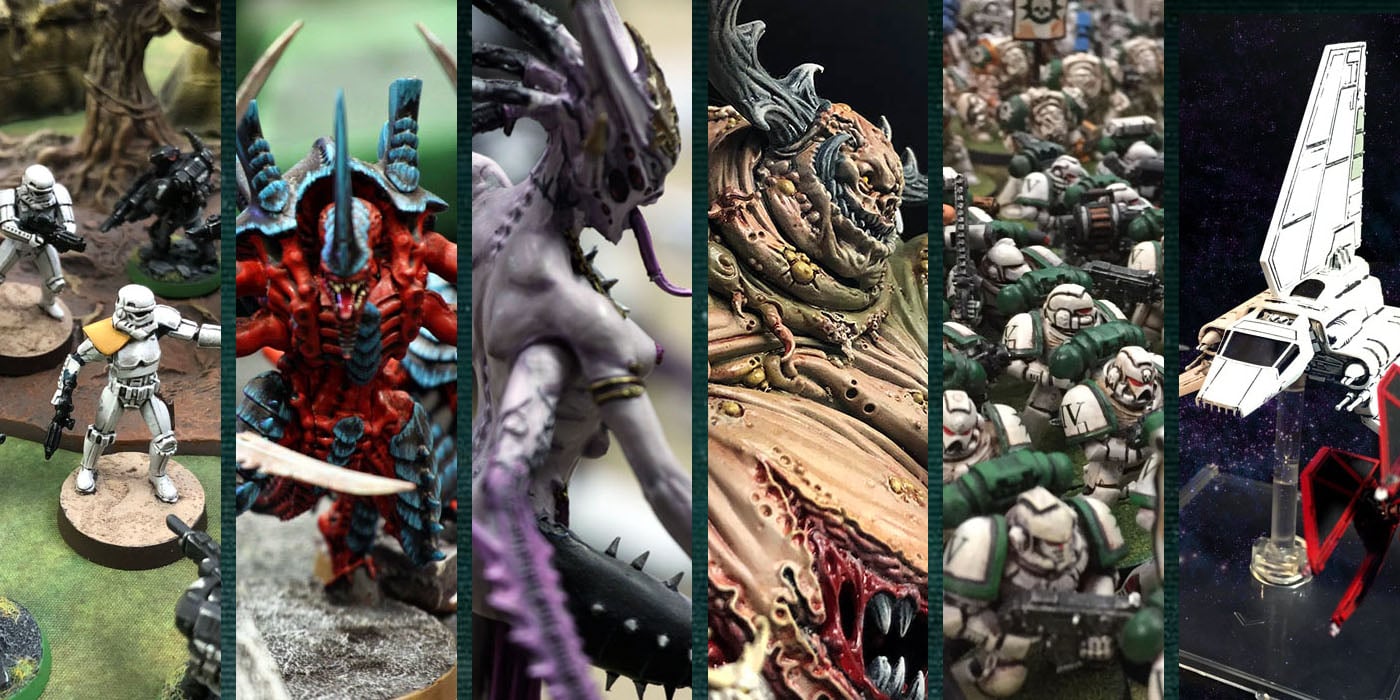Goatboy’s 40K: Stop Getting Stomped – Target Priority

So with that in mind let’s look at what really separates the “good” players from the “average” dice jockeys. I have talked about this a lot with some of my tournament friends and the real difference between players comes down to target priority and mission priority. I know we have all said it before – but knowing what you need to kill to win is how a lot of us win games even though the dice are against us.
Target priority is not always the easiest thing to explain. The game is designed for each option to be able to kill another one of your options. Some do it better than others and this is where you start to figure out what is actually the correct target to choose during any game. I mark specific units in my head whenever I play a game. I label them based on what I think I need to do with them as well as how I should kill or control it. It is a pretty simple concept and it all revolves around the idea that this game is finite in its turn limits.
Working the (Turn) Clock
So let’s say you know your opponent’s army is based on a lynchpin unit. IE something that needs to live and kill to let your opponent win. You have a few choices to deal with this and figuring it out quickly will allow you to easily control the game and concentrate on winning it. You could kill that option if you have the ability to do without giving up too much. You could ignore it as well if you can and win the game that way. You could tie it up as well and let it not work nearly as effectively as they wanted. Each of these options are all based on your own army type and play style.
Working the Board
I play very fast and aggressive armies. This lets me try and engage or respond quickly to my opponents options. I can either decide to tie up specific units, remove certain options for my opponent, or quickly change the battle ground to suit my needs. These sorts of things are all decided before we even begin the game and let me know where I need to go. If I see my opponent play cautiously I know that I can easily shove them back a few turns and let myself control a large portion of the board as they are afraid to come out. If an opponent is also very aggressive I can look at ways to punish this by creating “good/bad” charges to entice them into my lair of marsh mellows and gummy snacks. It’s these small things that are played above the table that allow certain players to consistently be at the top tables even with different armies, rules, and ideas.
Working the Mission
I will also make sure to play the mission. Knowing how you can win is very important. Let’s say your opponent has very weak troop choices. You know that you can go aggressive to those options as removing them will take the game winning from your opponent. They will respond to remove your threats and this will leave your troops alone for a few turns to move up, get involved in holding and objective, and eventually winning the game for you. I design most of my armies to have options that are planned to kick it turn 4-5. This way I only give my opponent at most 2 turns to get where they need to be and try to win the game.
Look at some of the well thought of good lists. Zombie CSM/IG looks good on paper but during play it is very slow. This leads you to losing to faster armies that can get around you and keep you in your backfield. This is why I usually try to have some kind of movement trick with a troop choice to help keep things fair and give me a chance with Line Breaker/Objective score towards the end. These small things will be a big help as a lot of the better games end up fighting over a small range of points in the end.
Working Opponent Psychology
I know a lot of games I have won with a less then superior army. I just knew what to remove from an opponent to either cause them to fret their loss, make them more timid, or just question their own tactics. This game has a fairly set average that if you follow it should normally come out in the end. Knowing how you can push that average is what makes these good players better. This is also how some players can play “junk” lists and still do very well. They know how to mitigate your superior math skills and win with one-off’s and jank.
So what angles do you work to achieve victory?





